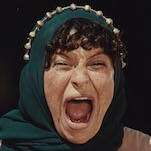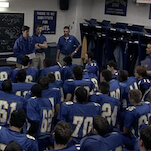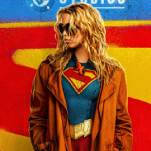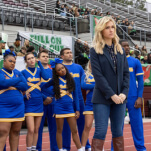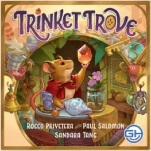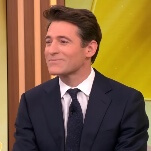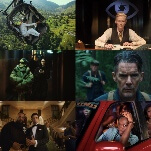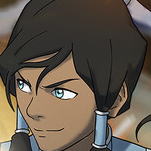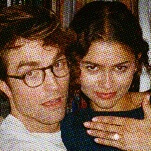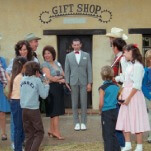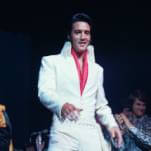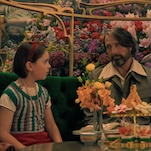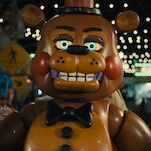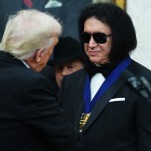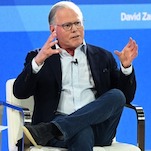Court is now in session for Saul Goodman V. Jimmy McGill in exclusive book excerpt
Author Alan Sepinwall talks to series co-creator Peter Gould in this excerpt from The Complete Critical Companion To Better Call Saul.
Image: Saul Goodman V. Jimmy McGill: The Complete Critical Companion To Better Call Saul by Alan Sepinwall (Abrams Press)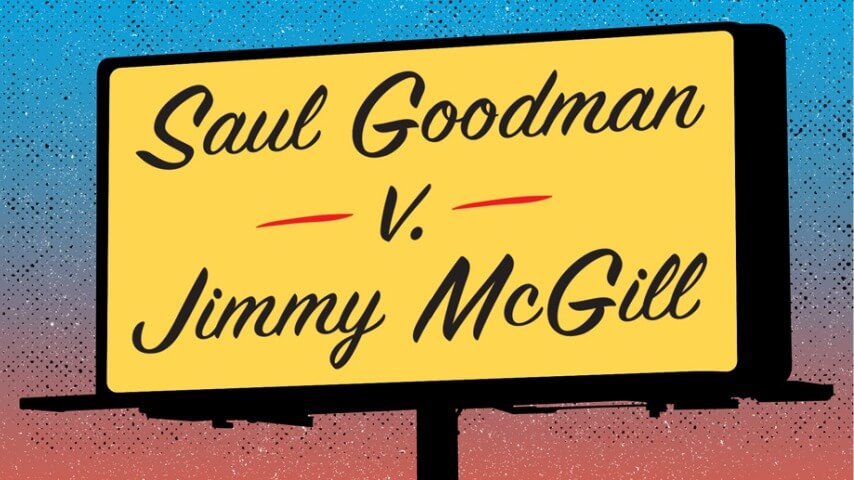
In the aftermath of its multiple-award-winning six-season run on AMC, it’s easy to forget that Better Call Saul, much like its central character, had its work cut out for it when it premiered in 2015. The series, a spinoff of Breaking Bad, had a lot to live up to, and co-creators Vince Gilligan and Peter Gould were starting from scratch with a character whose backstory Gilligan had purposefully obscured in the original show. Rolling Stone’s chief TV critic Alan Sepinwall was there from the beginning, recapping every episode of the series and providing critical insight into the show. In his new book, Saul Goodman V. Jimmy McGill: The Complete Critical Companion To Better Call Saul (out February 4 via Abrams Press), Sepinwall collects those recaps—along with various interviews he conducted over the years with Gilligan, Gould, and more—in one place for the first time. Sepinwall also revisits Better Call Saul through new interviews with Gould, diving deep into how the writers got to the heart of Saul Goodman by giving Jimmy McGill time to grow.
In this exclusive excerpt, Sepinwall and Gould talk about the surprising influence of Midnight Run, the 1988 buddy action comedy starring Robert DeNiro and Charles Grodin, on Better Call Saul, and why it took longer than they initially anticipated for Jimmy McGill to become Saul Goodman.
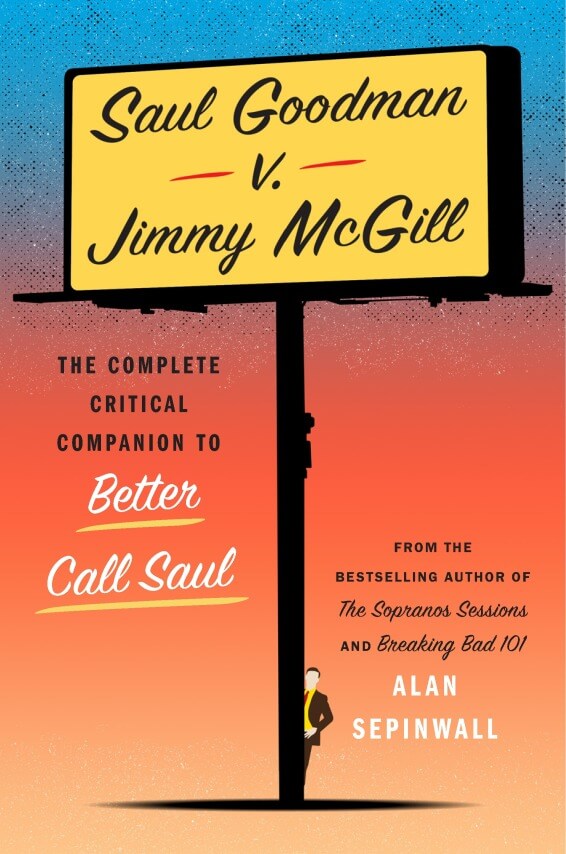
Abrams Press
When Vince and I spoke about the development process, he admitted that, after a little while, he really started banging his head against the wall and wondering why he ever thought this was a good idea for a TV show. Did you have any of these similar moments of self-doubt?
Oh, absolutely. Because the show had no obvious motor, at least when you start out. He’s a lawyer, and he wants money, and he’s got a sleazy side. And, where’s the story? His goal was a little bit ephemeral to us at first. It was really hard to figure out. It was like doing the Rubik’s Cube from hell because we had all the things that we’d established on Breaking Bad, and also, are people going to take to this character? In the moment, it always seems impossible. And, the other thing is, people loved Breaking Bad so much that it was like, “How is this ever going to be in the running?”
[On our Zoom, Gould notices that I have a poster of the 1988 Robert De Niro/Charles Grodin buddy action comedy Midnight Run hanging on the wall behind me.]
Your poster reminded me of something, because literally Vince and I were sitting down and we were going to have a conference call with the studio and the network. And one of the things we asked ourselves, “Who from Breaking Bad could we have back?” And, I think we both felt like, “Oh, well, wait a minute, [Jonathan] Banks.” And there were a bunch of reasons for that. One of which was, you have a laconic character and a talkative character, and that just seems to work as a pair. But the other thing is, your poster over your shoulder is Midnight Run, which is one of my all-time favorite movies, and I just felt like, that’s how these two archetypes could get together. And I think I pitched probably just to Vince at the time, “What if these two guys get stuck in the desert and they’re handcuffed to each other?” And, that image for some reason really spoke to me, and I think spoke to all of us, and it just took us, whatever it was, forty, fifty episodes to get to it.
Saul on Breaking Bad is a wonderful character, but also a fairly thin character. He’s at peace with himself. There’s no inner conflict there. Was that one of the challenges you were struggling with as well—how to build a show around someone like that?
That was the thing we had to crack first. And this was Bob’s hesitation about it too. Vince and I had lunch with Bob, and that was his question: “Well, what is there to this guy?” And, the way I approach a lot of this stuff is problem solving. And, I think, that was the origin of Chuck. And once you see, “Well, wait a minute. Yeah, this is the face he presents to the world: Saul Goodman. But there’s this other thing going on too.” And that was when we started talking about Chuck and the relationship between the two brothers. One of the things that we did really early on in the writers’ room was we watched the movie Crumb, the brilliant Terry Zwigoff documentary about Robert Crumb and his brother.* And that was very inspirational for us to think about the obligation that this Saul Goodman/Jimmy McGill character has to his older brother. That was really the origin of that. But, it was a struggle. I think one of the original ideas that I loved a lot was that he was going to be the Jerry Maguire for criminals. And we spent a lot of time on him putting criminal gangs together, and putting capers together, and being a little bit hands off. But when we came down to it, we had to give the guy skin in the game. Otherwise, there’s no emotion to it.

